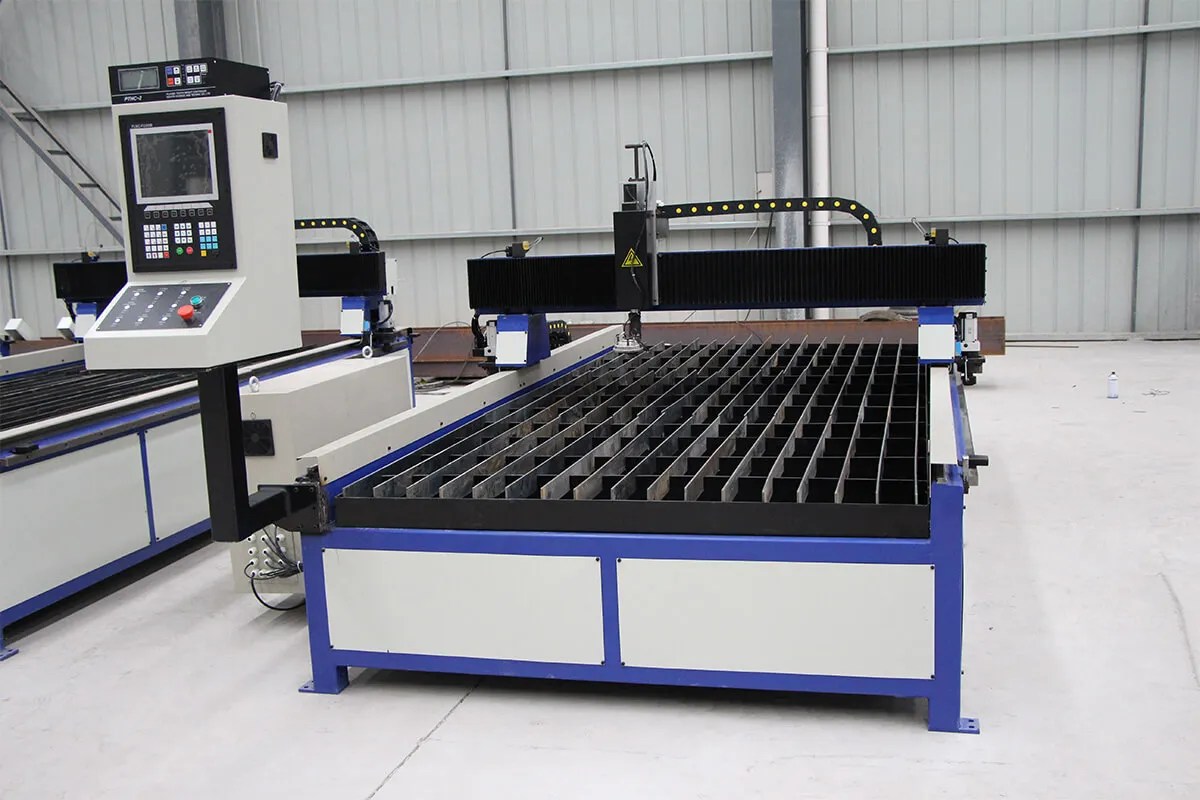JimGnitecki
Active Member
Are 1/4" fittings different for welding gas cylinders than for air lines? I'm asking because I have been using my Argon gas cylinder to feed my TIG welder, and today tried to hook the same "gas" line to my plasma cutter instead. The female fitting on the end of the line from the gas cylinder would not attach to the male fitting on the plasma cutter.
The outer ring on the air fitting on the plasma cutter, which accepts the same airline from my compressor as does my Bostitch air nailer, appears to be larger than the outer ring on the back of my tIG welder, even though both lines are casually referred to as "1/4" (I think).
So, are welding gas line fittings different than air line fittings for safety, or other reasons?
Jim G
The outer ring on the air fitting on the plasma cutter, which accepts the same airline from my compressor as does my Bostitch air nailer, appears to be larger than the outer ring on the back of my tIG welder, even though both lines are casually referred to as "1/4" (I think).
So, are welding gas line fittings different than air line fittings for safety, or other reasons?
Jim G


